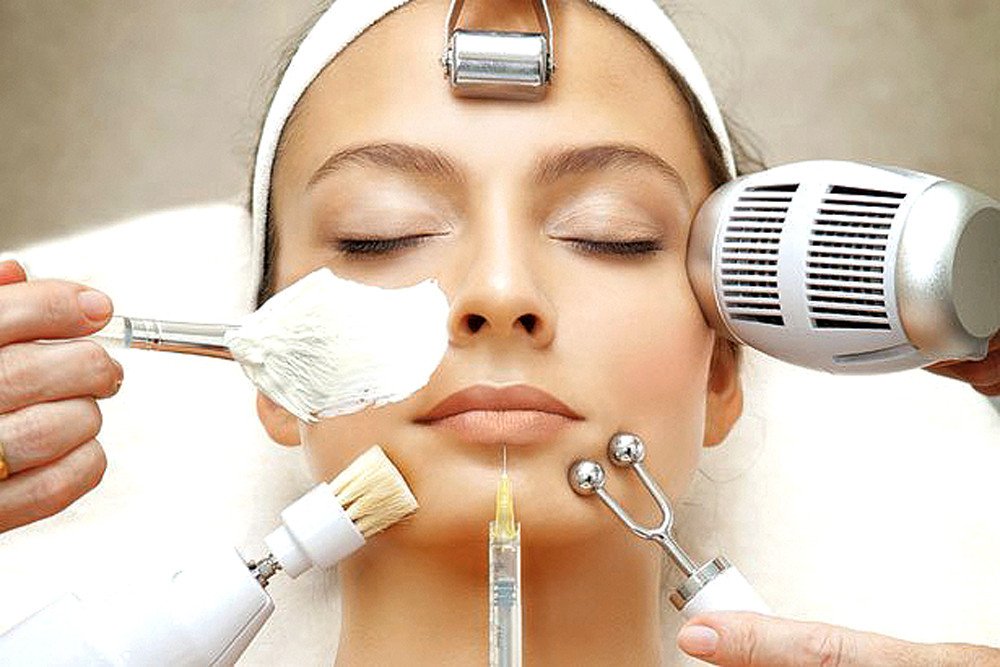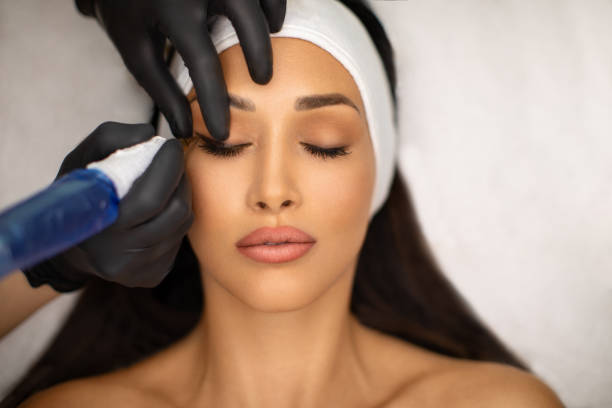
Eyebrow Hair Transplant
An eyebrow transplant is a cosmetic procedure where hair grafts (plugs) are transferred to your brow area. This goal is that new hairs will grow from these grafts, producing a fuller look.
The actual procedure is similar to a traditional hair transplant.
Eyebrow hair grafts are taken from hairs above your ears. A surgeon transfers not just the individual hairs, but the hair follicles, too. This helps to ensure that new hairs are able to grow in your eyebrows once the initial transferred ones fall out.
After you’re given a general anesthetic, a surgeon will make small incisions at the follicle donor sites, as well as at the sites of transplantation in your brows. The entire process takes about 2 to 3 hours.
Proponents of eyebrow hair transplants note that the new hairs look natural because they’re your own. The procedure may also limit the need for brow makeup.
However, there are also reported downsides to this procedure. For one, it’s costly. It can also take several months until the new follicles “take” so that you see full results. Finally, there’s a chance that these new follicles won’t produce new hairs.
One potential risk of an eyebrow transplant is that the new hair follicles won’t take. In such cases, you may have to have the procedure done again in the future.
There are also risks associated with the surgery itself. Talk to your surgeon about the following potential complications:
- excessive bleeding
- nerve damage
- swelling
- bruising
- infection
- scarring
Before your eyebrow transplant, your surgeon will go over your medical history with you. Be sure to disclose any underlying health conditions, as well as any medications or supplements you currently take.
Eyebrow transplants are performed by dermatologic, cosmetic, or plastic surgeons. A doctor may do the surgery in an outpatient facility or a medical spa.
It’s a good idea to shop around for the right provider before committing to the procedure. Ask the surgeon about their credentials and experience. Ideally, they should also have a portfolio of work to show you so that you can gain a sense of their skills.
The exact cost of an eyebrow transplant will vary based on a few factors:
- Where you live
- How many grafts are needed
- Specifics of the surgery, such as time spent in a care facility and anesthesia needed
- If you have health insurance
- If your insurance covers all or a part of the surgery
Some possible complications of eyebrow transplants include:
- Some transplants not “taking” to the skin resulting in patchy hair growth
- Misaligned eyebrows due to anesthesia positioning your brows unnaturally during surgery
- Hair growing in different directions or having different textures
Rarer complications can include:
- Infection
- Inflamed and infected hair follicles (folliculitis)
- Scarring
- Bruising and swelling
Most suitable candidates who get eyebrow transplants often see good results within the first two years. After that, the results can fade and hairs often fall out. Sometimes the results can last for years after the initial surgery. If you choose to get eyebrow transplants, be prepared for a possible touch-up procedure in the future.
Book Your Free Consultation Now
Other Treatment
-
Micro Pigmentation
Scalp Micropigmentation (SMP) is a cosmetic tattoo procedure where natural pigment is applied to the epidermal layer of the scalp via a needle
-
Laser for pigmentation
Hyperpigmentation is a common condition that creates patches or spots darker in colour than the rest of the skin. This happens due to excess production of melanin in the area.
-
Laser Hair Removal
Laser hair removal is a long-lasting form of hair removal that damages or destroys the hair follicle. However, the hair may regrow, particularly if the follicle is damaged and not destroyed during the laser hair removal procedure.
Gallery









